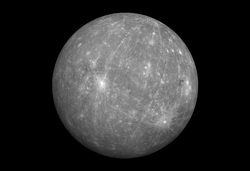
Water ice has been suspected at Mercury's poles (like the Moon) but not like this - NASA has announced. On a planet that's so close to the Sun daytime temps. are around 800 degrees (night time negative 300 degrees F). Craters at the poles are so deep that comet impacts apparently left ice over billions of years - that never sees sunlight (like the Moon). The MESSENGER spacecraft went into orbit around Mercury last year returning some great pictures & troves of new data.
Very cool - not that people will be visiting anytime soon. But I'm sure some future entrepreneur may one day find a way to bottle the stuff & sell it as the "hottest bottle of pure Mecurian water" in the Solar System.
Very cool - not that people will be visiting anytime soon. But I'm sure some future entrepreneur may one day find a way to bottle the stuff & sell it as the "hottest bottle of pure Mecurian water" in the Solar System.
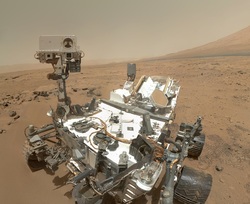

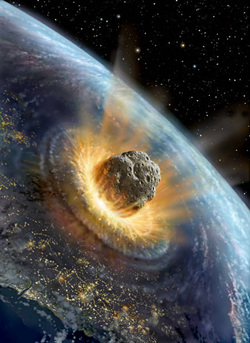
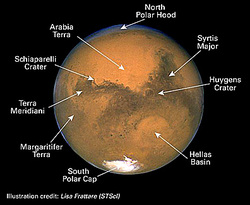
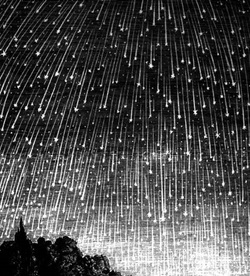
 RSS Feed
RSS Feed
